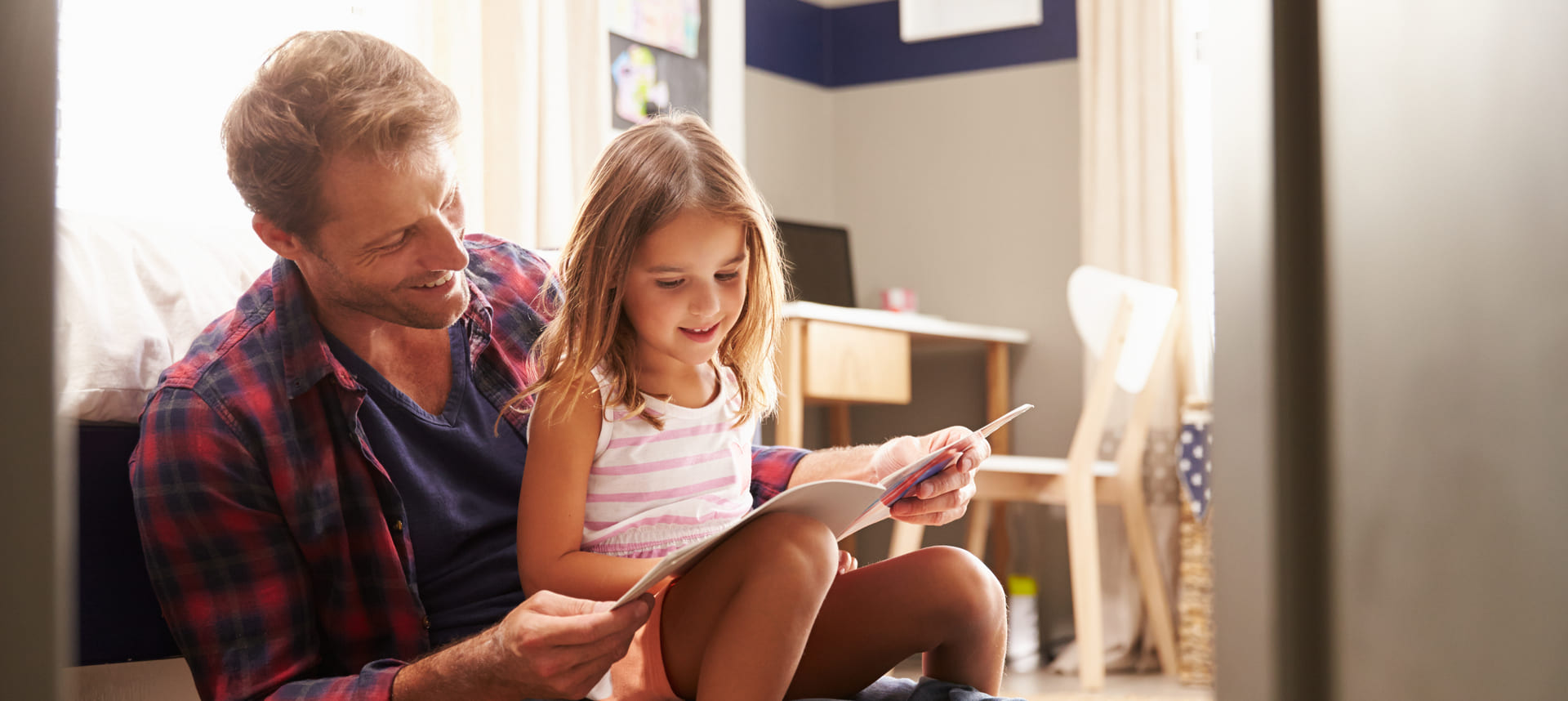

You may have heard other homeschool moms talk about narration, and you just might be wondering what that is. Well, it is most common in Charlotte Mason and other methods that rely heavily on living books. Here is what Ms. Mason says about narration:
“As knowledge is not assimilated until it is reproduced, children should ‘tell back’ after a single reading or hearing: or should write on some part of what they have read.” Volume 6, page 155 – Charlotte Mason
What is Narration?
Narration is a way to see how much your child is learning. When your student can retell, write about, or otherwise recount what he or she has heard, you can be sure that the information has entered the memory. Also, narration is suitable for record-keeping purposes.
Who Does Narration?
Narration can begin around age six and go all the way through high school. If your child does not read or write very well, you can write what he or she says or ask him or her to draw a picture. As your child gets older, you should see less retelling of straight facts and more critical thinking and opinion expressing.
When to Do Narration?
Narration should be done primarily with books that you would like your student to retain information from. This exercise is not intended for pleasure reading.
Where to Do Narration?
Narration can be done anywhere a book can be read aloud. If needed, you can read a passage and have your student write about it later as independent work. Be careful, though, that the student is old enough to retain information for that long.
Why Do Narration?
Narration helps your student internalize, digest, and use the information that is to be gained from hearing the reading. By discussing a reading, you also prolong the enjoyment.
Since excitement is contagious, siblings who see a child eager to tell Dad or Grandma about something will also want to share their own thoughts.
When narrations lead to lively discussions and debates, older students get a chance to practice debate, oral communication, and thought-processing skills.
How to Do Narration?
For a picture book, introduce the book by looking at the cover, naming the author and/or illustrator, and predicting what the story will be about. If it is a chapter book, review what happened during the last reading. Then, read the passage to the student once.
The younger the student, the shorter the reading time should be. For older students, readings should not exceed 20 or 30 minutes. Once the reading is done, close the book and ask your student to tell back what he or se remembers.
Do not interrupt. And if there is thoughtful silence, let the student collect his or her thoughts. If needed, prompt your student with who, what, when, why, where, and how questions.
Tips for Narration
Don’t let narration take the fun out of learning. If a student has trouble listening, is shy, or is unpracticed in oral presentation, do not expect a narration every time in every subject. If narration is a burden rather than a challenge, it will defeat the purpose of learning.
Don’t mistake quiet distraction for a lack of attention. My sons frequently play with Legos, KEVA planks, puzzles, or clay while I am reading. Yet they still remember what has been read.
Don’t be afraid to use alternatives to narration. Drawing pictures, making a diorama, filling out a graphic organizer, putting on a play, creating a costume, journaling thoughts and feelings, etc., are all valid ways to document what your student has learned.

